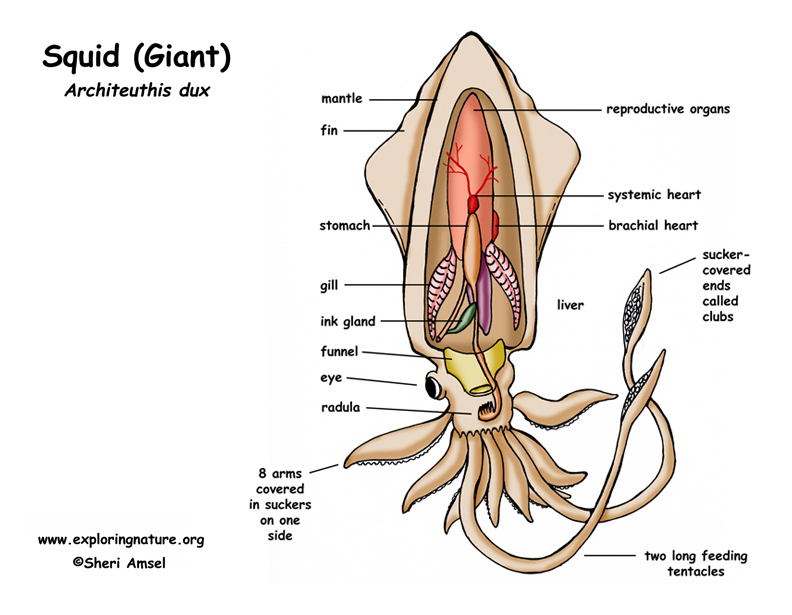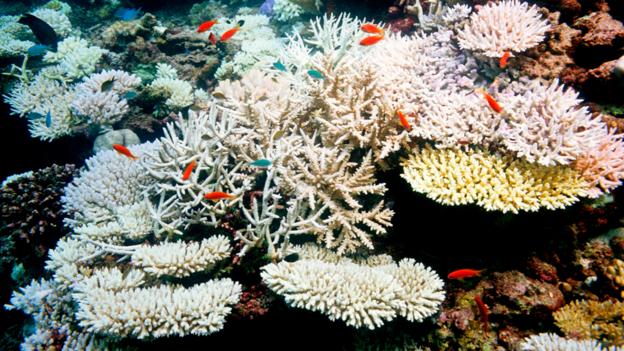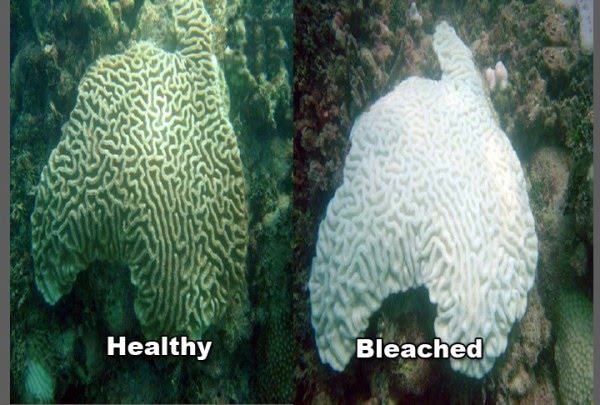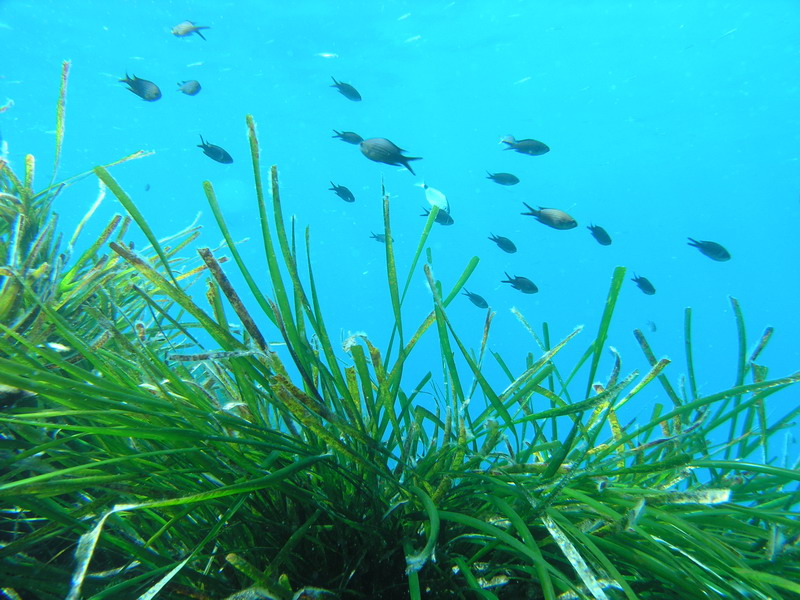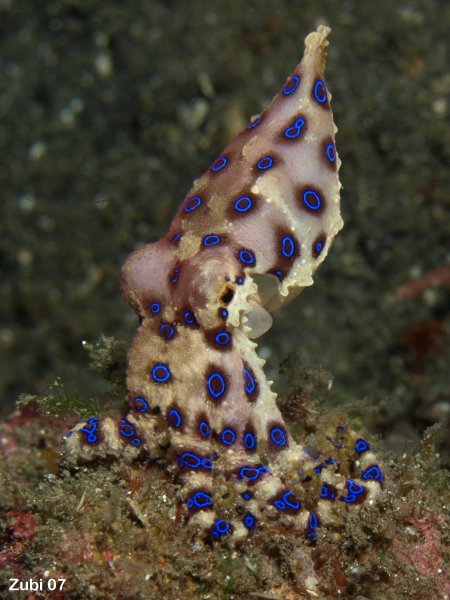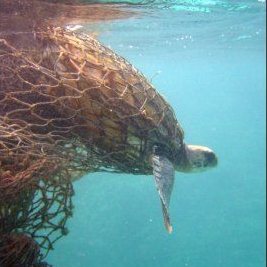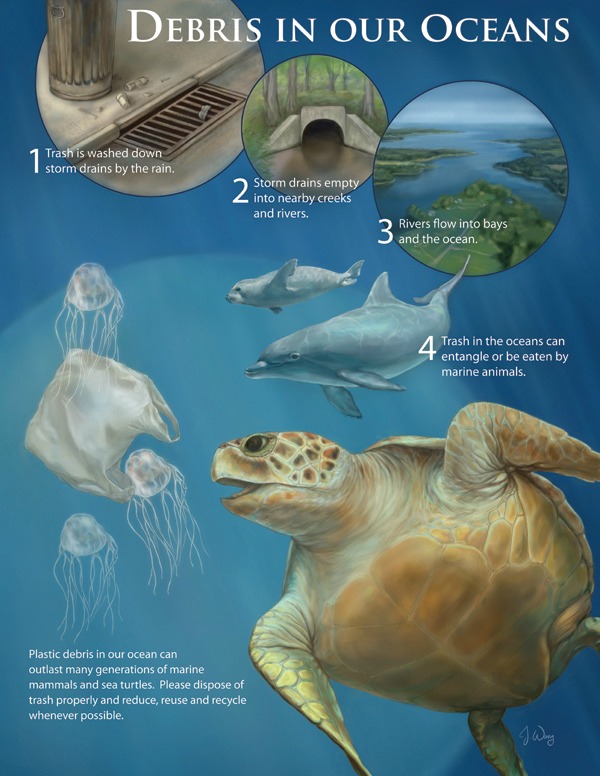Six interesting facts about squids include:
- Because of their often deep oceanic habitat it is rare that they are seen or studied by humans.
- At the front of the squids mantle is a directionally controllable siphon which the squid forces water out of and allows it to navigate and move through the ocean.
- The skin of the squid is covered in chromatopheres, which give squid the ability to change color and adapt to its environment allowing it to change color, blend in and camouflage itself with the environment.
- While the size of squid can vary widely most squid are usually no more than 2 feet long, the giant squid however may reach a length of over 40 feet, and a colossal squid was said to have been captured measuring in at 46 feet.
- Large squid may also eat smaller squid and large marine mammals, and have been known to attack sharks and whales by wrapping its tentacles around it and strangling its prey.
- In order to protect themselves squid let out a black ink which darkens and clouds the water making it difficult for predators to sea them, they also have the ability to change color making them appear almost transparent and allowing them to blend in with the surrounds.
For the lab, the most interesting thing we did was rip out the ink sack, and let the ink drip out.

The most disgusting part of this lab was smell. It was absolutely horrid, causing me to gag on the stench.
I liked that we were able to see the tentacles up closely, but I hated all the slim the squid was covered in.
If i changed this lab, I would provide gloves because there is no way I was going to touch the squid with my bare hands.
